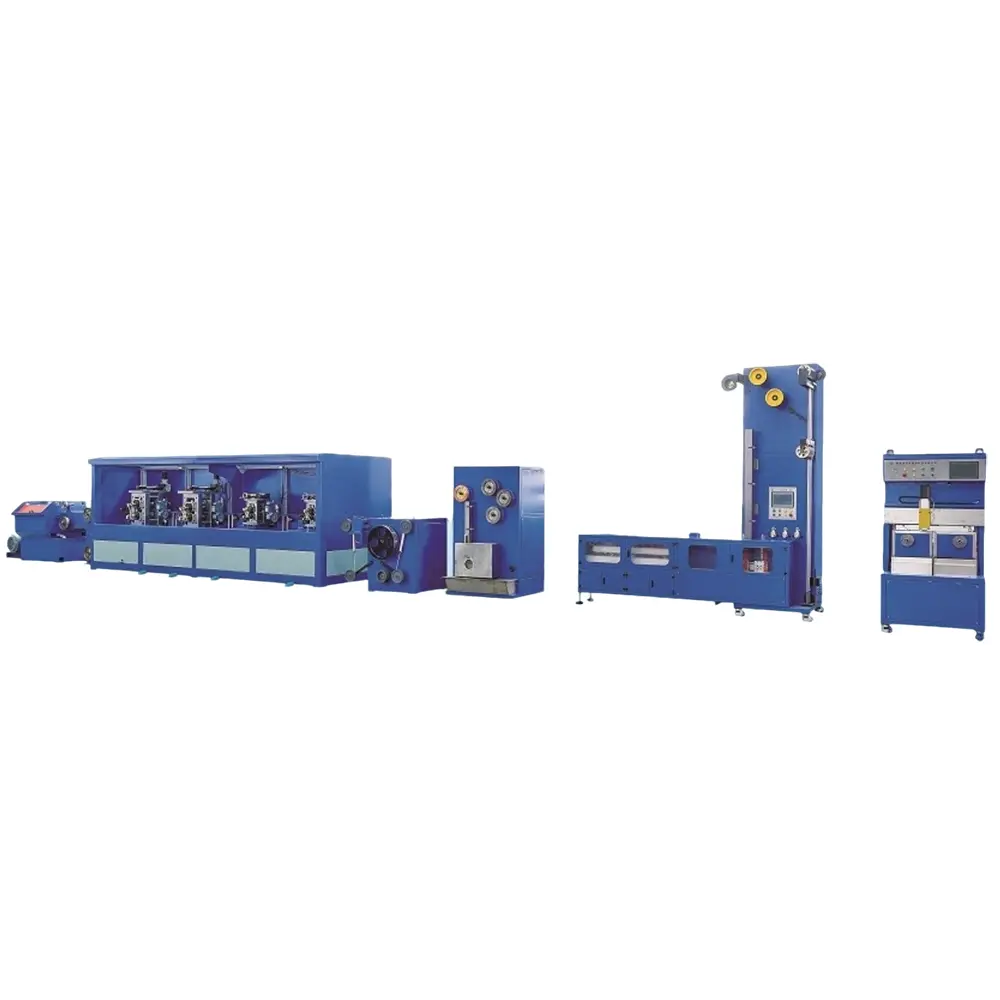- English
- Español
- Português
- русский
- Français
- 日本語
- Deutsch
- tiếng Việt
- Italiano
- Nederlands
- ภาษาไทย
- Polski
- 한국어
- Svenska
- magyar
- Malay
- বাংলা ভাষার
- Dansk
- Suomi
- हिन्दी
- Pilipino
- Türkçe
- Gaeilge
- العربية
- Indonesia
- Norsk
- تمل
- český
- ελληνικά
- український
- Javanese
- فارسی
- தமிழ்
- తెలుగు
- नेपाली
- Burmese
- български
- ລາວ
- Latine
- Қазақша
- Euskal
- Azərbaycan
- Slovenský jazyk
- Македонски
- Lietuvos
- Eesti Keel
- Română
- Slovenski
- मराठी
- Srpski језик
- Esperanto
- Afrikaans
- Català
- שפה עברית
- Cymraeg
- Galego
- Latviešu
- icelandic
- ייִדיש
- беларускі
- Hrvatski
- Kreyòl ayisyen
- Shqiptar
- Malti
- lugha ya Kiswahili
- አማርኛ
- Bosanski
- Frysk
- ភាសាខ្មែរ
- ქართული
- ગુજરાતી
- Hausa
- Кыргыз тили
- ಕನ್ನಡ
- Corsa
- Kurdî
- മലയാളം
- Maori
- Монгол хэл
- Hmong
- IsiXhosa
- Zulu
- Yoruba
- অসমীয়া
- ଓଡିଆ
- Punjabi
- پښتو
- Chichewa
- Samoa
- Sesotho
- සිංහල
- Gàidhlig
- Cebuano
- Somali
- Тоҷикӣ
- O'zbek
- Hawaiian
- سنڌي
- Shinra
- Հայերեն
- Igbo
- Sundanese
- Lëtzebuergesch
- Malagasy
Briefly describe the characteristics of photovoltaic welding strip rolling mill
The photovoltaic ribbon rolling mill is a specialized rolling equipment used for producing photovoltaic ribbon (a key conductive material for connecting solar cells). Its characteristics revolve around the high precision, high conductivity, and production efficiency of the ribbon, as follows:
High precision rolling capability: Photovoltaic welding strips have strict requirements for thickness (usually 0.08-0.3mm) and width tolerance (within ± 0.01mm). The rolling mill needs to have precise roll system control and pressure adjustment functions to ensure uniform welding strip size and meet the fitting requirements of battery cell string welding.

Suitable for high conductivity materials: Pure copper or tin (lead) plated copper strips are commonly used for welding strips. The rolling mill needs to optimize the rolling process based on the ductility and hardness characteristics of the copper material to avoid material fracture or surface damage, while ensuring that the conductivity of the rolled material is not affected.
Automation and Continuity: Equipped with automatic feeding, tension control, winding and other systems to achieve continuous rolling from copper strip blanks to finished welded strips, reducing manual intervention and improving production efficiency (some equipment can achieve rolling speeds of tens of meters per minute).
Surface quality control: The rolling mill needs to undergo precision grinding, and scratches, oxidation, and other issues should be avoided during the rolling process to ensure a smooth surface of the welding strip, which is convenient for subsequent coating treatment (such as tin plating to enhance weldability) and reliable welding of battery cells.
Strong flexibility: It can adapt to the production of welding strips of different specifications (width, thickness) by adjusting the parameters of the rolling mill (such as pressure, speed), meeting the needs of different types of solar cell modules such as single crystal and polycrystalline.



